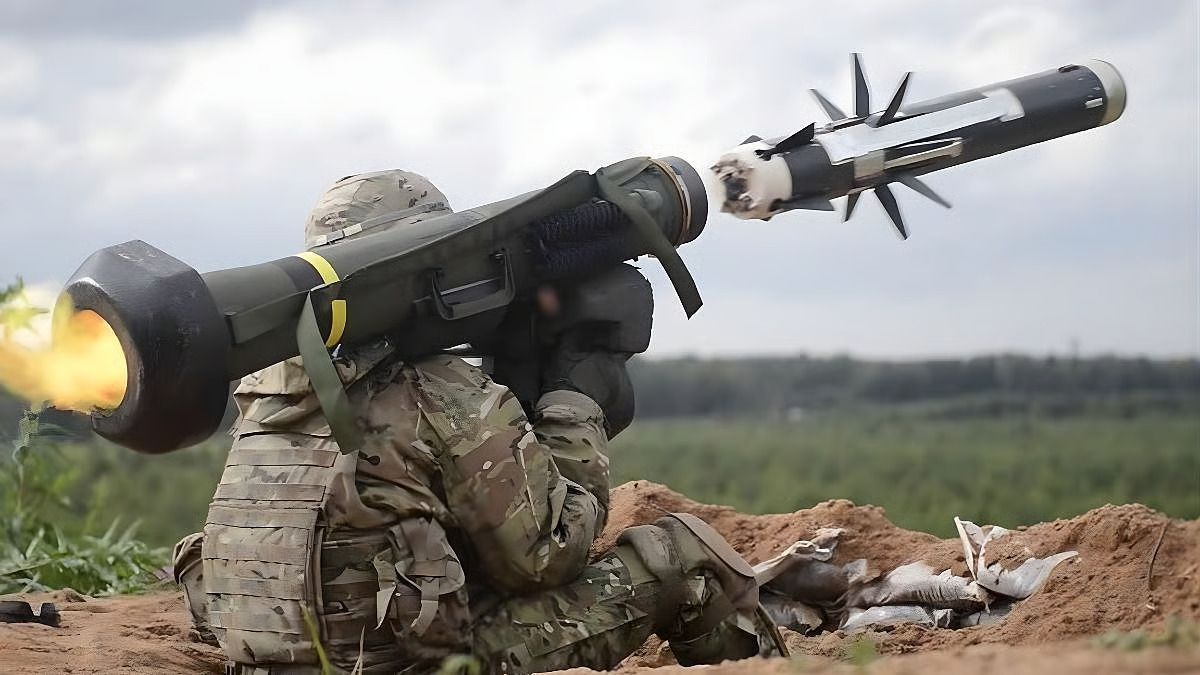India imports 49 bn euro worth of Russian oil in 3rd year of Ukraine invasion
The price discount on Russian oil, sometimes as much as USD 18-20 per barrel lower than the market price of other oil, allowed India to procure oil at a much cheaper rate.
PTI
-
India, which has traditionally sourced its oil from the Middle East, began importing a large volume of oil from Russia soon after the invasion of Ukraine in February 2022.
NEW DELHI, 25
FEB
India, the world's third largest oil consuming and importing
nation, bought crude oil worth 49 billion euros from Russia in the third year
of Moscow's invasion of Ukraine, a global think tank said.
India,
which has traditionally sourced its oil from the Middle East, began importing a
large volume of oil from Russia soon after the invasion of Ukraine in February
2022. This is primarily because Russian oil was available at a significant
discount to other international benchmarks due to western sanctions and some
European countries shunning purchases.
This
led to India's imports of Russian oil seeing a dramatic rise, growing from less
than 1 per cent of its total crude oil imports to a staggering 40 per cent in a
short period.
"Russia's
stronghold over new markets has solidified in the third year of the invasion.
The three biggest buyers, China (EUR 78 billion), India (EUR 49 billion) and
Turkey (EUR 34 billion) were responsible for 74 per cent of Russia's total
revenues from fossil fuels in the third year of the invasion," Centre for
Research on Energy and Clean Air said in its latest report.
The
value of India's import saw an 8 per cent year-on-year increase, it said.
Russia's
total global fossil fuel earnings in the third year of the invasion reached 242
billion euro and have totalled 847 billion euro since the invasion of Ukraine.
Some
of the refineries in India turned Russian crude oil into fuels like petrol and
diesel that were exported to Europe and other G7 countries.
"In
the third year of the invasion, G7+ countries imported EUR 18 billion of oil
products from six refineries in India and Turkey that process Russian crude. An
estimated EUR 9 billion of this was refined from Russian crude," the CREA
report said.
In
the first three quarters of 2024, as refineries in India and Turkey increased
their consumption of Russian crude, the volume of Russian crude used to create
products for G7+ countries jumped by an estimated 10 per cent. Concurrently,
this also contributed to a rise in the price of Russian oil, boosting the value
of the crude used for these exports by an estimated 25 per cent, it said.
The
EU is the biggest importer of oil products from India's and Turkey's
refineries. On average, 13 per cent of these refineries' total production is
targeted towards exports for the bloc in the third year of the invasion.
The
top-five importers within the EU were the Netherlands (3.3 billion euro),
France (1.4 billion euro), Romania (1.2 billion euro), Spain (1.1 billion
euro), and Italy (949 million euro). The single-biggest buyer was Australia,
whose imports from these refineries totalled 3.38 billion euro in the third
year of the invasion.
In
the third year of the invasion, 23 per cent of the oil transshipped in EU
waters was destined for China, 11 per cent for India, 10 per cent for South
Korea, and 2 per cent for Turkey, with the remainder distributed among other
markets.
"CREA's
data shows that from February to September 2024, 331 shipments arriving in
India's Sikka port (in Gujarat) averaged USD 90.8 per barrel," it said.
In
this period, 65 per cent of the tankers were subject to the cap.
"Applying
the price cap to cost, insurance and freight (CIF) price would have cut
Russia's crude export revenues by 34 per cent -- about 5.8 billion in
2024," it said.
When
Russia invaded Ukraine in February 2022, it triggered a series of sanctions
from the US, the European Union, and other western nations, aimed at crippling
Russia's economy. One of the main sanctions was on Russian oil exports, which
significantly impacted Russia's ability to sell oil to European markets.
As a
result, Russia began offering crude oil at heavily discounted prices in an
attempt to find new buyers for its oil. India, with its large energy needs and
an economy sensitive to oil price fluctuations, found this offer too attractive
to ignore.
The
price discount on Russian oil, sometimes as much as USD 18-20 per barrel lower
than the market price of other oil, allowed India to procure oil at a much
cheaper rate. The discounts have, however, shrunk in recent times to less than
USD 3 a barrel.
Leave a Reply
Your email address will not be published. Required fields are marked *










.png)
.png)

.png)



.png)

.png)
